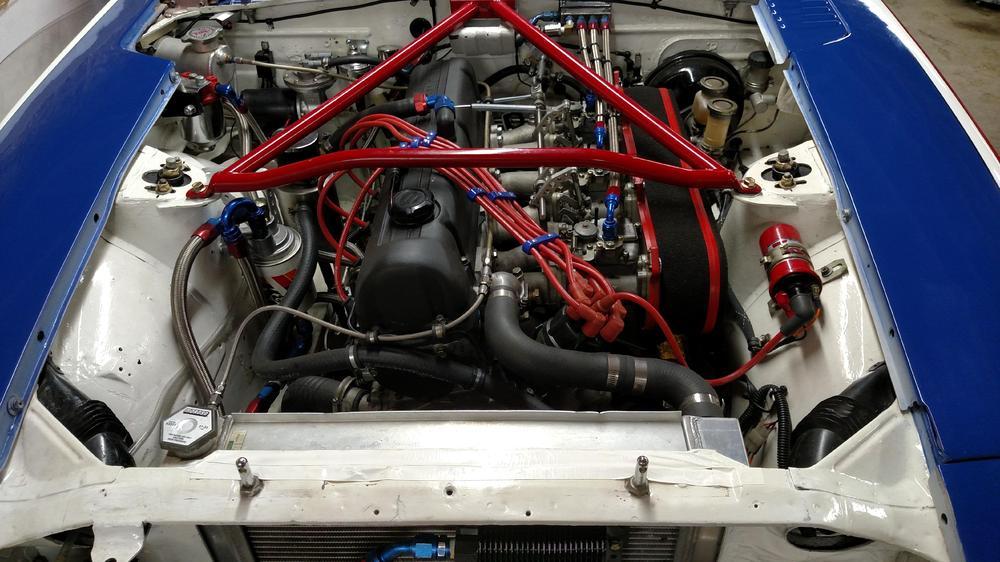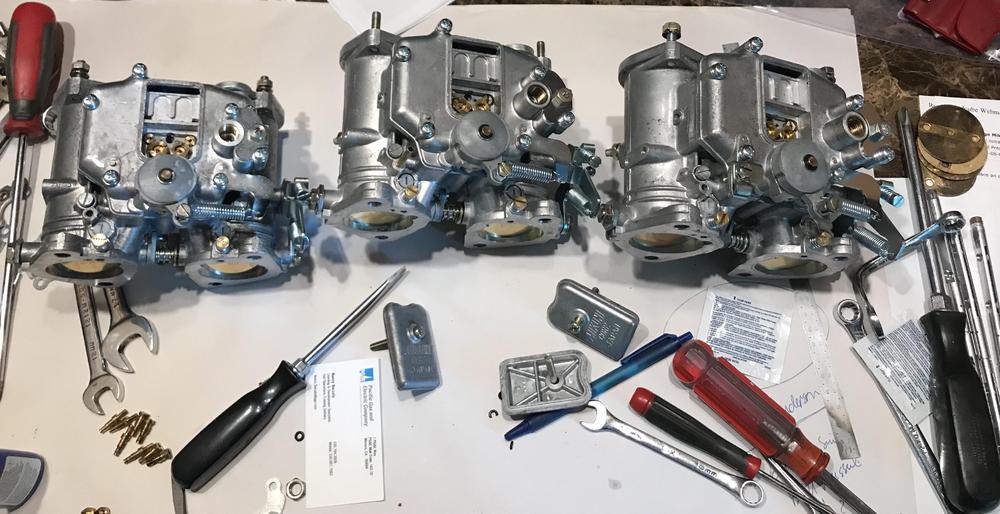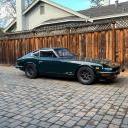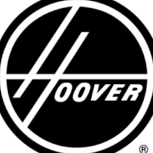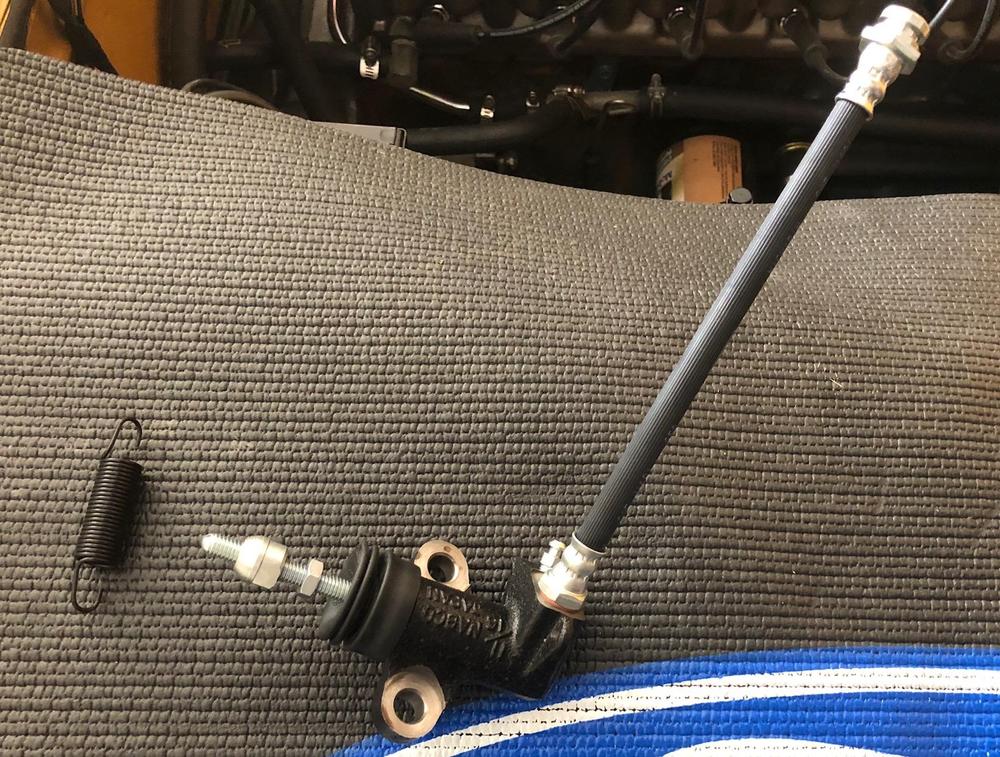Well I thought I'd put together a little update, the car is getting lots of use at the moment getting to various meets and going out on runs and drives just for the fun of it. I'm not sure exactly, but the car has definitely done well over 600 miles since the recent overhaul. There are still points to address however I'm too busy enjoying the beautiful weather to worry for now.
I'm still finding the attention the car gets comical, I feel like some sort of celebrity driving it around half the time, the engine bay is now also getting lots of ooohhh's and aaahhhh's and wowing people. Lots of comments that its got a proper engine fitted, it was pretty swamped at most times during its recent visit to the Goodwood Breakfast meet. Even when I've just dropped into Waitrose several people have stopped to take photos, compliment the car and chat before I've got near the store. I even met an Audi Motorsport heritage engineer in a traffic queue at Goodwood who has a German market 260Z +2 and has worked on several of the winning LMP1 Le Mans cars over the years that I've watched. It really is incredible who you meet...
I'm pleased to report that it's running very well, the engine in particular. The fuel economy is now where we'd expect it to be now with it being about 23-24 mpg with my enthusiastic driving and over 30mpg possible on motorway cruises now which has really impressed me. The engine is super rev happy, albeit stops really performing around 5.5k rpm and in reality is getting used to between 4-5k for spirited use. Handling wise now the car is very impressive, it needs the uprated front roll bar to dial out some under steer however on a recent drive out with the MR2OC it had no problems keeping up with cars with over double the power in several cases. It certainly surprised a friend in a Noble M12 at its ability to corner and get around roundabouts. It handles incredibly well for a car that is almost 48 years old now. As you can imagine it's no straight line monster and was left slightly lacking in that regard, however I've been too busy smiling and listening to the soundtrack to care!
The car has just been accepted into the show and shine competition at JAE this year so I'll actually have to give it a proper clean and see how I get on, not something I've ever contemplated before however she looks so nice at the moment I thought what the hell. I've got a few show weekends coming up so more time to show her off to people and enjoy.
DSC_0071 by Mark Woodrow, on Flickr
DSC_0081 by Mark Woodrow, on Flickr
 Subscriber
Subscriber 5Points11,142Posts
5Points11,142Posts





